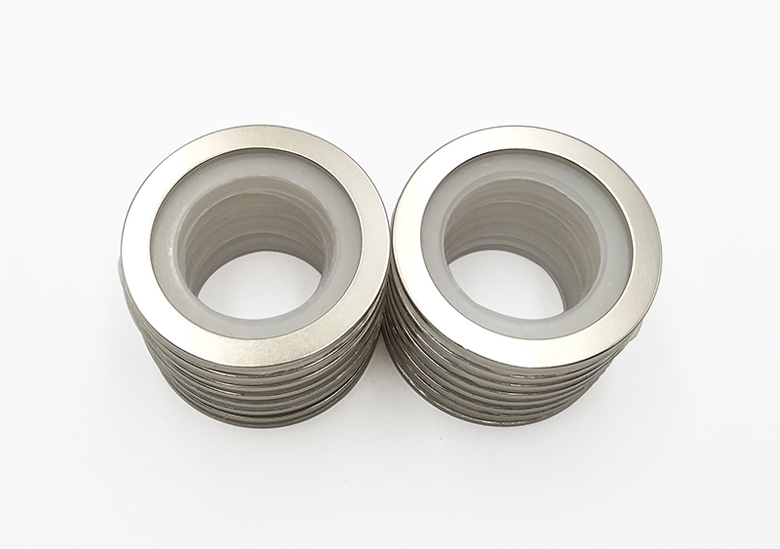High-temperature magnets are magnets that can still maintain their original magnetic strength in a high-temperature environment, such as samarium cobalt or alnico alloy magnets, they play a significant role in high-temperature environments, but at the same time they are relatively fragile and prone to shatter due to improper operation, this article will provide you with some professional advice to help you avoid shattering of high-temperature-resistant magnets when knocking them down.
1. Selection of suitable striking tools
Choose a striking tool that will not cause excessive impact on the magnet, such as rubber hammers, wooden hammers, plastic hammers and so on. Avoid using hard metal hammers to strike directly.
2. Control the striking force
Knocking should control the strength, with slow, even strength gently knocking, avoid violent knocking. Excessive impact will lead to internal cracking of the magnet.
Matching picture is 30mm neodymium ring magnets, to see high temperature samarium cobalt ring magnets please click.

3. Striking position selection
The location of the magnet will also affect whether it will be broken. Try to avoid directly striking the edge or corner of the magnet, because these places are more likely to produce stress concentration. Instead, the magnet should be struck in the center or thicker part of the magnet.
4. Gradually tap
For machining that requires significant displacement, it can be gradually completed in several steps to avoid magnet cracking caused by a one-time large displacement.
It is important to note that the toughness of heat-resistant magnets changes with temperature, and the appropriate temperature (usually near room temperature) should be selected for processing, and if the magnet has been used in a high-temperature environment, it should be ensured that it has cooled to room temperature before tapping.
When performing tapping operations, consider using protective measures such as placing soft cushions under the magnet or using tape to hold the magnet in place to minimize direct impact. It is also a good habit to wear safety glasses to protect against flying debris.
View our high-temperature resistant magnet column;
Aluminum Nickel Cobalt Magnets (250℃-350℃)
Samarium Cobalt Magnets (450℃-500℃)
Related magnet question;
Is the fragility of neodymium magnets quality issue?
Why is the arc segment magnet easy to break?
How to solve the stability of NdFeB magnets in high temperature?
 China Neodymium And Ferrite Magnets Manufacturer & Supplier
China Neodymium And Ferrite Magnets Manufacturer & Supplier 


